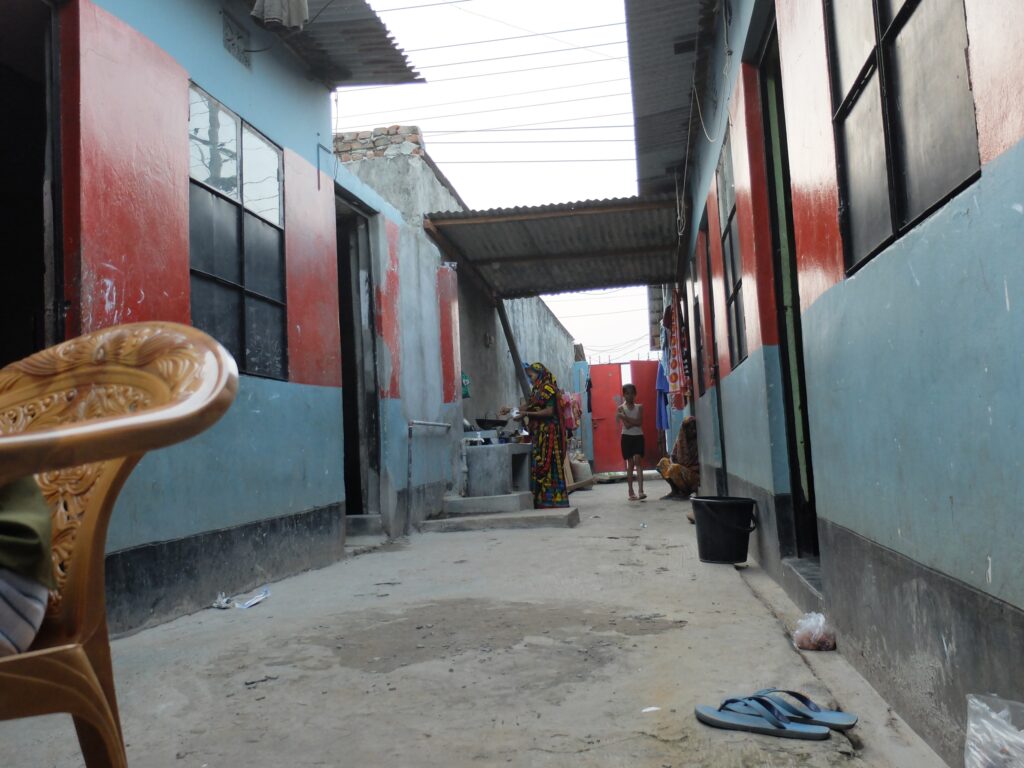This week we shift our focus to what factories are doing with digital payments to workers during the pandemic. It has taken us a while to get to the point where we can present our data by factory because cleaning factory data is a very labor-intensive task. This is especially the case because we want to be able to link our factory names with the names on different brand supplier lists and sources such as Mapped in Bangladesh and Open Apparel Registry Many members of our team contributed to the cleaning process, but, in the end, our intern Jonah Tauber got us over the line, and Carol Karimi, our data analyst, wrote the code to connect factory names to brands. You can find Jonah’s blog here explaining all the challenges of putting a clean, consistent list of factory names together. The short, animated video in that blog, created by Dave Lesser, says it all!
As our monthly data updates have documented, there was a massive shift towards paying workers digitally in May, but since then there has been a slow decline in the share of workers getting paid digitally. These trends are reflected in the data when we look at them at the factory level. A strong uptick in digitization in May but a decrease after that. But not all factories behaved in the same way. Some were already digitized, while others never digitized, and some digitized and then reverted to cash.
One striking driver of this behavior is whether a factory is “brand facing” or not. By this we mean whether a factory is listed on any brand’s supplier list or is listed as a supplier to a brand on the Mapped in Bangladesh or Open Apparel Registry web sites. It turns out that factories that are brand-facing are more likely to have been paying their workers digitally before May 2020 and, if they weren’t, were more likely to switch from cash to digital from April to May. Some factories in both camps have since moved back to cash but almost 75% of those that are brand-facing were still paying digitally in September while only 40% of non-brand-facing factories were.

Data from the HERFinance project suggests that factories reap great benefits from wage digitization in terms of decreased payroll processing costs and lost worker production time. So our data present a puzzle: why are factories sliding back to cash? We need to do more work on this, but one possible explanation is that many factories never fully abandoned cash, they simply added digital payments to their cash processes. This has been evident in the fact that workers have been reporting some payments in cash and others digitally. This was especially the case in July when many workers received their regular salaries digitally but other, Eid-related payments in cash.
These data suggest that policy-makers interested in pursuing the digitization of payments through third parties should not take for granted that they are equally able or willing to make the shift, even if the incentives are high—in this case a government program to support temporarily laid-off workers through digital payments in response to the Covid-19 lockdown in April. Nor should it be assumed that the benefits of digitization will be immediately apparent, especially if digital payments end up being made in parallel to cash payments, not fully replacing them.
The monthly data from April 2020 to October 2020 presented here come from interviews conducted over the phone with a pool of 1,377 workers, who reported to us the name of the factory in which they were currently working, what payments they received from their factories, and whether they were paid digitally or not. These workers are employed in factories spread across the five main industrial areas of Bangladesh (Chittagong, Dhaka City, Gazipur, Narayanganj, and Savar). Just over three-quarters of the working respondents are women, roughly representative of workers in the sector as a whole.
